AJLOUN, Jordan — After exploring
historic sites like the Umayyad-era mosque of Listeb and Tel Mar Elias, a
Christian pilgrimage site, we set out for Wadi Al-Noum, located at an altitude
of 360m above sea level. The hike began at Shafa Al-Ghour and took us through a
picturesque landscape, despite the cold winter season.
اضافة اعلان
Although the path was partially
impacted by seasonal floods, we encountered only a few obstacles, making it a
leisurely hike with no need for equipment or assistance. As we made our way
through the woods, we came across an array of mushrooms and trees, from carob
to ziziphus spina-christi. The sight was completed with various oak tree roots
peeking through the forest floor.
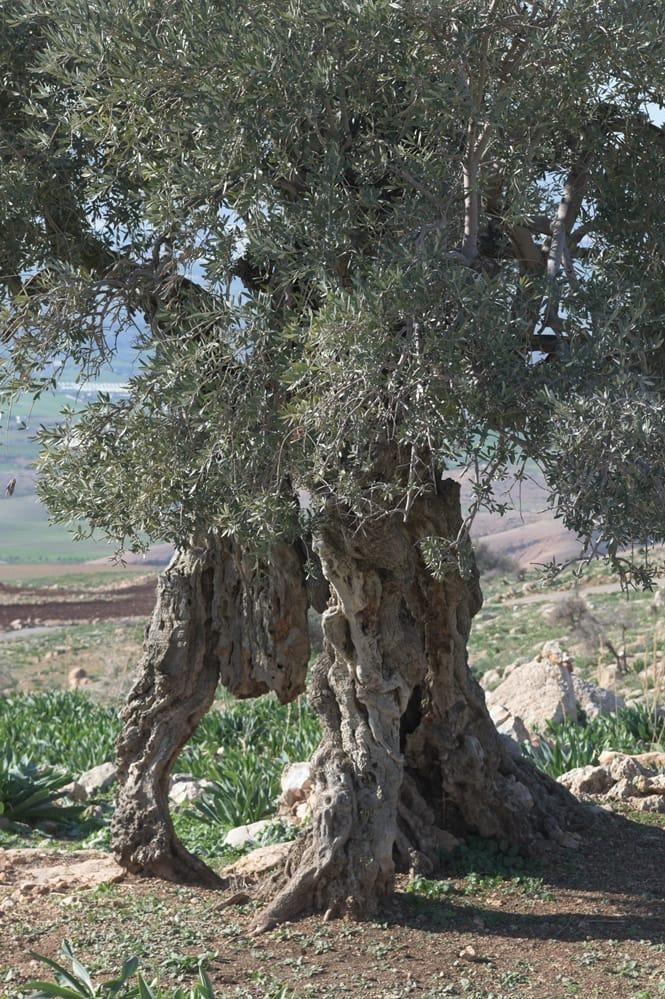
While the temptation to sample these
various plants and mushrooms was strong, it is important to be cautious. Determining
which ones are safe can be challenging without experience. Instead, we
recommend focusing on enjoying the stunning visuals that accompany the hike.
Along the way, we encountered a
burst of color with cyclamen flowers, commonly known as “the shepherd’s soap”
due to the use of its roots for bathing, and the early stages of Tephrosia
candida, a plant that will spread across the area in the coming spring.
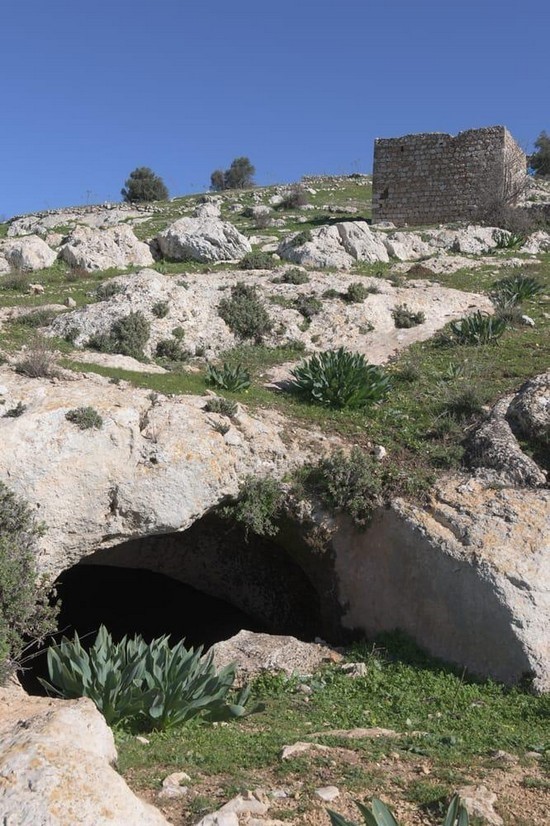
The experience was not only visually
stunning, but also a feast for our other senses, with the sounds of our
footsteps on the intertwined branches, the rustle of oak fruits, and the
symphony of
wildlife, including birds chirping and woodpeckers drilling.
Side note: while rare, hyena, wolf, and
wild boar sightings do happen. We learned that the last sighting of a fox had
occurred about a year ago
Deir Al-SamadiyaAs we reached the top of the hill,
our eyes were greeted with a breathtaking panoramic view of the sites we had
explored earlier — the ancient mosque of Listeb, Tel Mar Elias, and Deir
Al-Samadiya, which was built on the ruins of an old monastery. The name
"Al-Samadiya" is derived from the Arabic word "Samad",
which refers to the cloth that men wrap around their heads.
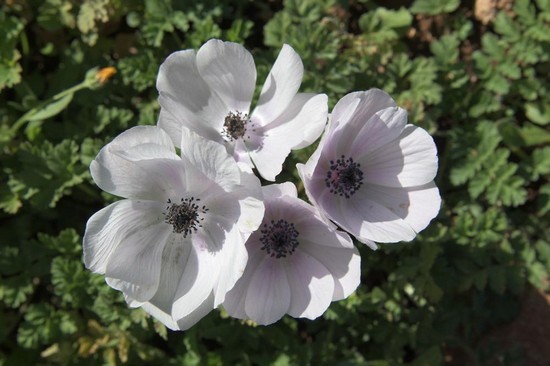
Our journey then took us through an
abandoned town, where houses made from stone, clay, and straw were painted in a
blueish-white hue. The windows of the houses were high to ensure privacy, and
horse stables and wells dotted the area — some of the wells still collecting
winter water through channels and pipes.
Despite being abandoned, the unique
building system was awe-inspiring. We were fascinated by the abandoned spaces
where people stored their food supplies such as lentils, beans, and chickpeas, and
the living quarters divided between home life and shepherding. It was evident
that the locals primarily rely on raising livestock.
As we explored the area around the
monastery, we discovered several caves and grottoes, some of which hold
historical significance. It was an truly an experience to walk through the same
places where people lived centuries ago, and to imagine what life was like for
them.
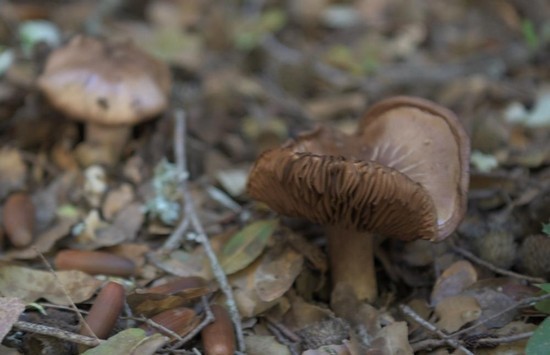 Um Al-Sharayet Tree
Um Al-Sharayet TreeOur journey continued as we followed
the marked route from the town of
Al-Hashimiyah, formerly known as Fara, facing
Al-Wahadinah, leading us towards the stunning Wadi Naama. Our goal was to reach
"Um Al-Sharayet," a magnificent cork oak tree with a twisted trunk.
This tree has a long and storied
history, with fables and myths surrounding it.
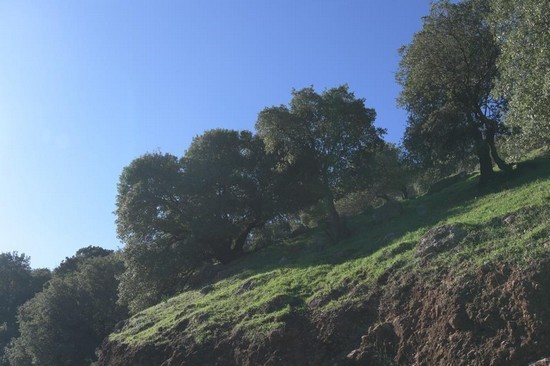
Legend has it that people of the
area used to come to tie a piece of cloth removed from their clothes, called
"Al-Khalaa” to the tree's branches, believing it would ease their
troubles, bring them happiness, and relieve their sorrow.
Khirbat Al-Shaykh RashidAfter taking a brief break and
enjoying a cup of coffee while overlooking the serene Lake Tiberias, which extends
all the way to the outskirts of the Dead Sea to the south, we continued our
journey.
Walking through olive, cactus, and
almond trees, we eventually reached the intersection that led us to the tomb of
Ikrimah bin Abi Jahl, a companion of Prophet Mohammad.
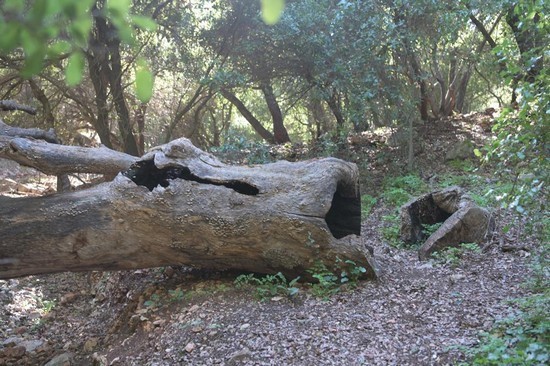
Our next stop was Khirbat Al-Shaykh
Rashid. This area included six houses, three grottoes, and the same number of
kitchens surrounded by a fence, with wells built for their service.
We discovered traces of grain mills
and water harvesting canals that date back to the Ottoman period, as Dr
Mohammad Abu Ahmad, the owner, shared with us.
As we spoke with Abu Ahmad, he told
us about his plans to revive his ancestors' house and transform it into an
environmental inn, a tourist hostel, and a source of income and employment for
the region's residents.
With its stunning views overlooking
the northern valley and the lakes of Beisan and Tiberias, this area is a
destination for lovers of travel, wandering, and seeking solitude in nature.
The ‘Hujeijah’ treeFollowing this engaging conversation
with the homeowner, we continued our hike towards the Hujeijah tree, which was
mentioned in the book "Official Report of the United States Expedition to
Explore the Dead Sea and the River Jordan". This magnificent Sidr tree has
branches and roots extending over 2,000m between Hujeijah Hill and Ras Al-Ain
and is over one thousand years old.
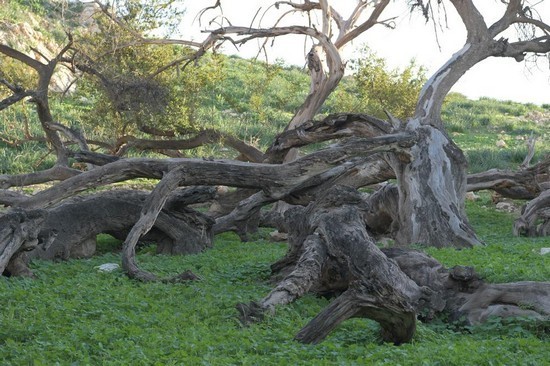
As we entered among its twisting
trunks, we were reminded of Sheila Merle's description of it as a wild tree in
1881. The twists of the tree instilled a sense of childhood mischief in us, and
at the same time, it gave us a feeling of security as if it was embracing us
from all directions.
Unfortunately, there have been
incidents of irresponsible tampering with the tree. One of the intruders
attempted to cut one of its trunks with an electric saw, but the locals
intervened, and the trunk remains untouched. Another trunk was burned. It is
here that the Ministry of Agriculture's intervention is necessary. Although the
tree is privately owned, protection from such reckless behavior would benefit
it.
Opposite the tree, we found a spring
of water — which we rehydrated from — with the same name as the tree. It has a
story of sharing the role of watering, according to an agreement signed between
the locals in 1936, dividing it into shares and day shifts, including 11 hours
during the day and 13 hours at night, through channels and pipes.
Our journey came to an end and we
completed the 19km trail safely.
Read more Around Jordan
Jordan News



